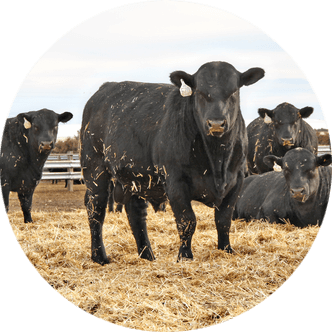UW publishes hummingbird migration and behavior research
Hummingbirds are small, colorful birds from the trochilidae family, which weigh less than a nickel and can flap their wings more than 80 times a second, causing the characteristic humming sound.
These fascinating birds efficiently travel from flower to flower, extracting nectar and feeding on small insects.
In doing so, they play a vital role in pollinating flowers and plants and contributing to the food chain by serving as a source of nourishment for raptors and other predator species.
With more than 350 species in North, Central and South America, it makes them excellent subjects for research due to their unique interactions with the environment and their undeniable beauty.
While hummingbirds offer viewing pleasure for people of all ages, researchers at the University of Wyoming (UW) have been studying them for many years.
According to research, there is data on hummingbird arrival dates, migration routes and breeding times, but much of their basic biology remains unknown.
New research
Hummingbirds are small yet remarkably resilient creatures. Some species migrate over 5,590 miles each year, and their journeys are mainly powered by nectar, sipping from wildflowers to store as fat, reports UW researchers.
Recent land use changes are making the distribution of wildflowers along their migratory routes increasingly unpredictable, and being able to adapt to these challenges, hummingbirds enter a state called torpor, which is a form of overnight hibernation.
Researchers from UW and the University of New Mexico (UNM) investigated how hummingbirds use torpor during migration and recently published their findings in the January edition of the Proceedings of the Royal Society B, a biological research journal.
UNM Department of Biology Doctoral Candidate Shayne Halter and UNM Professor of Biology Blair Wolf, along with Carlos Martinez del Rio, a professor emeritus in the UW Department of Zoology and Physiology, explored torpor frequency and duration in hummingbirds.
The researchers examined two species of migratory hummingbirds, the Calliope (Selasphorus calliope) and Rufous hummingbirds (Selasphorus rufus) at a site along the Mimbres River in New Mexico and measured how the birds’ temperatures changed overnight.
Overnight hibernation
The paper reports torpor is characterized by a sharp decrease in metabolic rate and body temperature for several hours – overnight hibernation. Although torpor can save energy, it leaves hummingbirds vulnerable, making it a risky strategy.
The researchers looked at overnight metabolic measurements and body fat and found they could predict when hummingbirds would enter torpor and how long they would remain in a torpor state.
They discovered hummingbirds require a certain amount of fat in the morning to get them started toward their next meal. However, maintaining a normal body temperature during the night would cause their morning fat reserves to fall below a critical value, so hummingbirds entered torpor.
“I think it’s almost magical,” says Martinez del Rio. “Imagine if we could sense how much fat we have and suddenly drop our temperature to stay in a state of suspended animation. The length of our animation is dictated so we come out of it with the amount of fat needed the next day.”
Migrating hummingbirds face challenges in maintaining their energy levels due to the changing timing and availability of nectar sources along their migration routes.
This new research aims to provide a model predicting the frequency and duration of torpor, as well as fat reserves in these birds.
By doing so, it will help assess their ecological health, define their energetic thresholds and limits and identify conservation strategies.
“Conservation is important because hummingbirds pollinate many wild plants, including Wyoming’s state flower, the Indian paintbrush,” says Martinez del Rio. “They are also super interesting models which can inform issues that matter to human health. Finally, we must conserve them and study them because they are beautiful and fascinating.”
Melissa Anderson is the editor of the Wyoming Livestock Roundup. Send comments on this article to roundup@wylr.net.





